Noble crayfish (Astacus astacus)
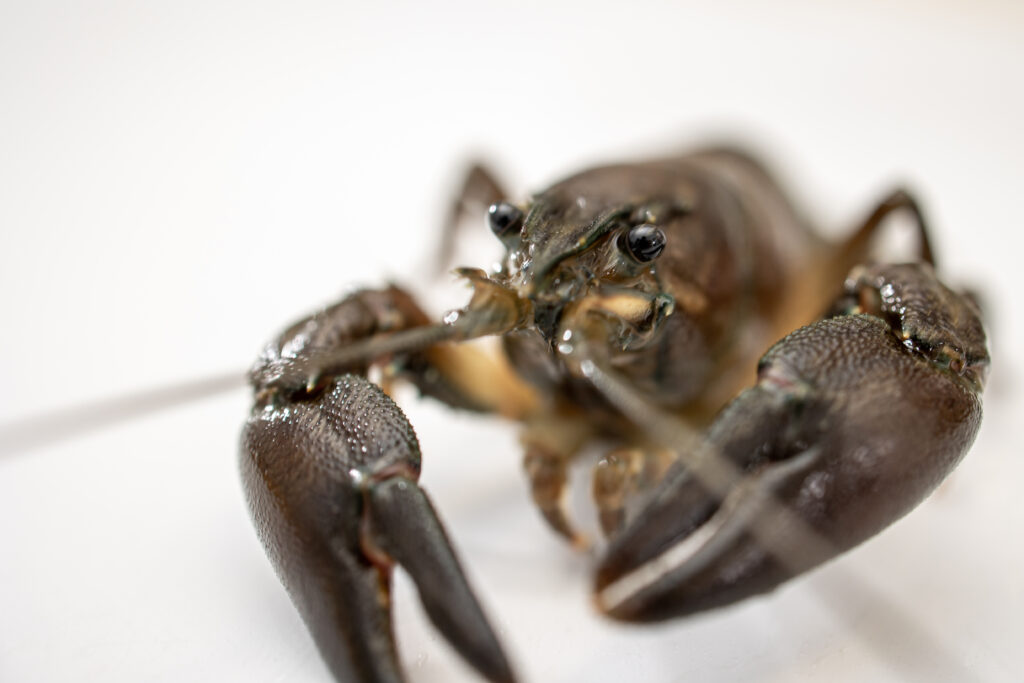
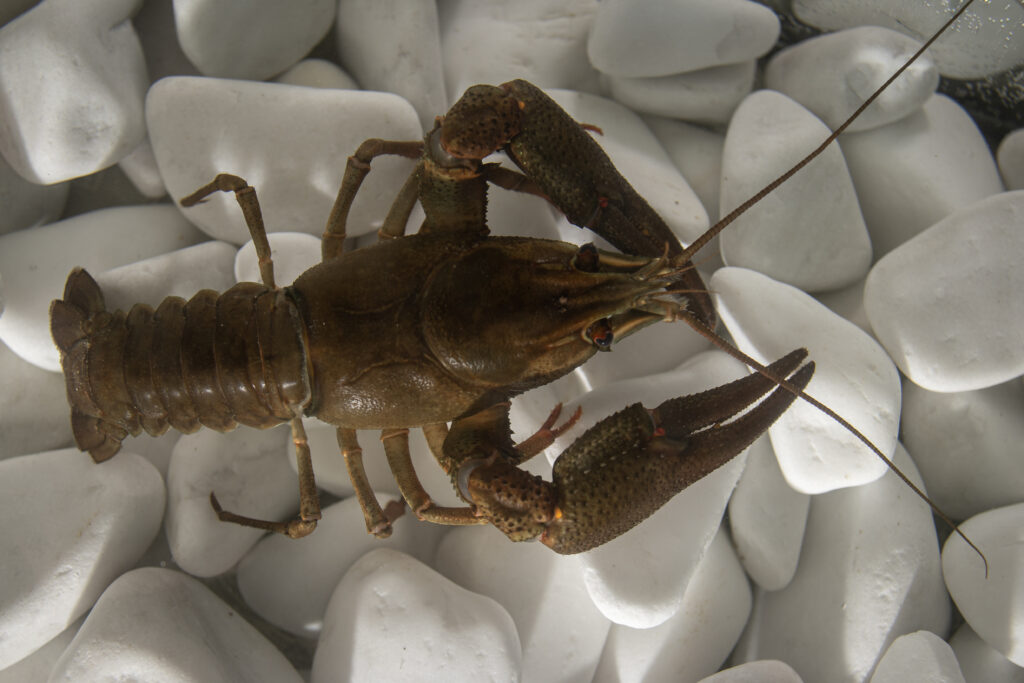
Distribution
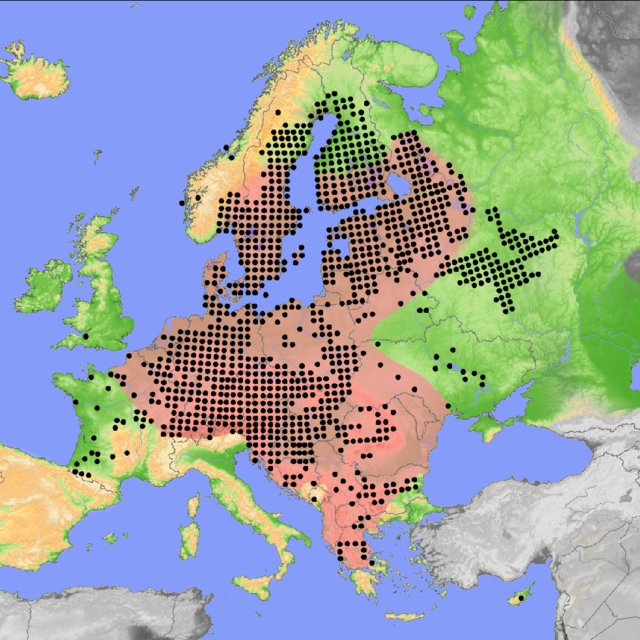
The Noble crayfish is widely distributed across Central and Northern Europe and its range also extends from Eastern Europe to the Middle East. In the last 150 years, Noble crayfish populations have suffered drastic declines due to the introduction of alien crayfish, crayfish plague, habitat loss and over-harvesting. The Noble crayfish is the only indigenous crayfish species in Estonia and it occurs in more than 300 sites (lakes and river stretches). Unfortunately, the abundance of Noble crayfish in most of these sites is low, except for some populations in South-Eastern Estonia and on the island of Saaremaa.
Description
Noble crayfish are usually red-brown to dark brown, but may also be greenish, blackish or blueish. The claws are broad and strong, especially on males. On the ventral side, the claws are red-brown and smooth, and on the dorsal side they are typically the same colour as the rest of the body and rough. The carapace is smooth but with small granular tubercles on the sides.
Importance
Noble crayfish play an important role in freshwater ecosystems. Their presence influences sediment dynamics and benefits other animals. Noble crayfish are regarded as delicacies, favoured for the higher meat-yield and softer shell compared to other species, commanding higher prices in the market.
Catching
Catching Noble crayfish is only allowed in August with an appropriate fishing licence from pilet.ee, and only with open or closed traps. All crayfish smaller than 11 cm must be released back into the same waterbody.
Alien crayfish in Estonia
Until 2008, Estonia was one of the last countries in Europe where alien crayfish had not been recorded. However, a number of alien crayfish species have been detected since then: Signal crayfish Pacifastacus leniusculus, Marbled crayfish Procambarus virginalis and Spiny-cheek crayfish Faxonius limosus. Also, we have to be ready to be able to recognise and identify Narrow-clawed crayfish Astacus leptodactylus, which so far have not been found in Estonia.
Signal crayfish (Pacifastacus leniusculus)

Distribution

The North American Signal crayfish is the most widespread alien crayfish species in Europe and is very abundant in Sweden and Finland. It was also established in Latvia and Lithuania decades ago. In Estonia, Signal crayfish were first found in Mustjõgi River in 2008 and by 2020 they had been found in the Pärnu River estuary, Sauga River estuary, Pärnu Moat, the Baltic Sea (Pärnu Bay, Livonian Bay), Riksu Stream, Reo Quarry, Vääna River and Ropka Water Reservoir.
Description
The Signal crayfish is brown or reddish-brown and often has a bluish colouring on the merging of the different body segments. Unlike Noble crayfish, the smooth carapace is without small granular tubercles on the sides. It has a white to bluish-white dorsal patch at the junction of the moveable and fixed finger of the claw- This is the so-called signal, which gives this species its name. On the ventral side, the claws are red.
Spiny-cheek crayfish (Faxonius limosus)
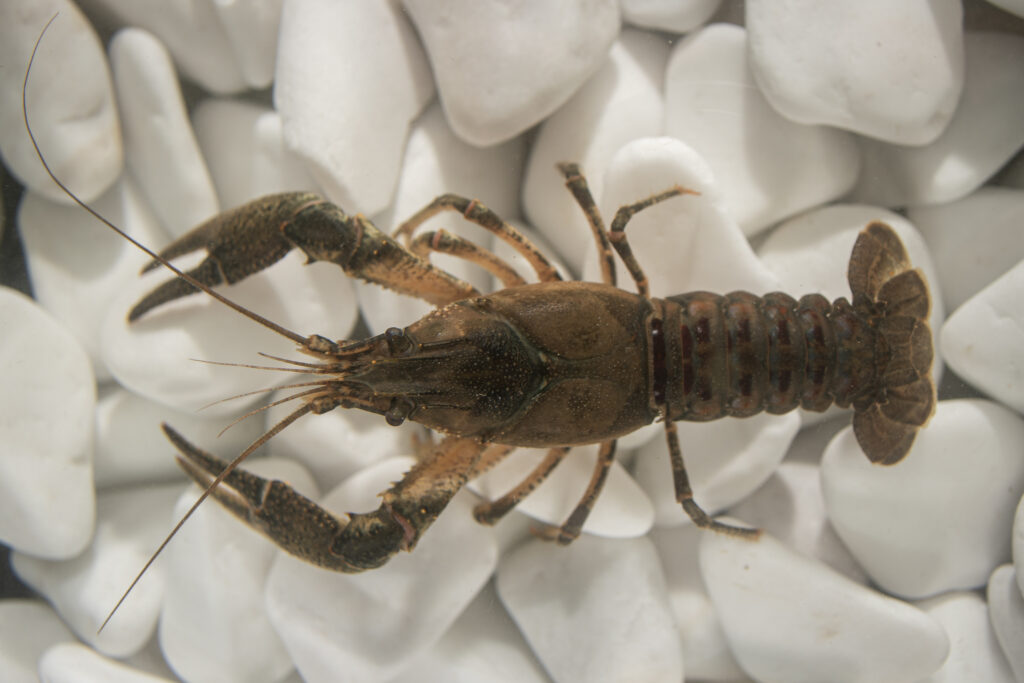
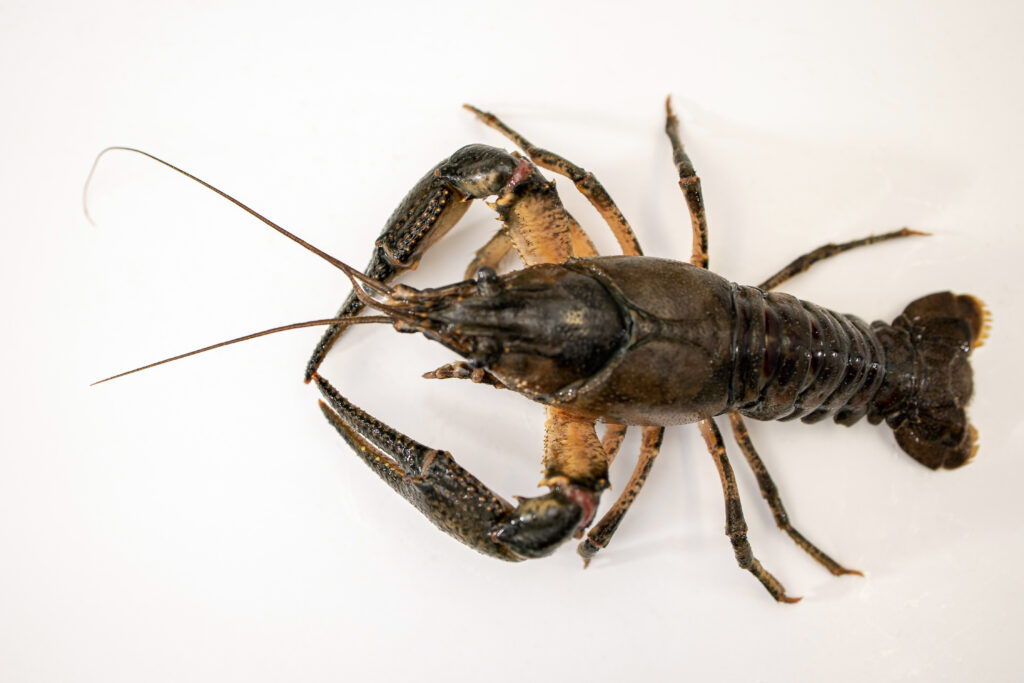
Distribution
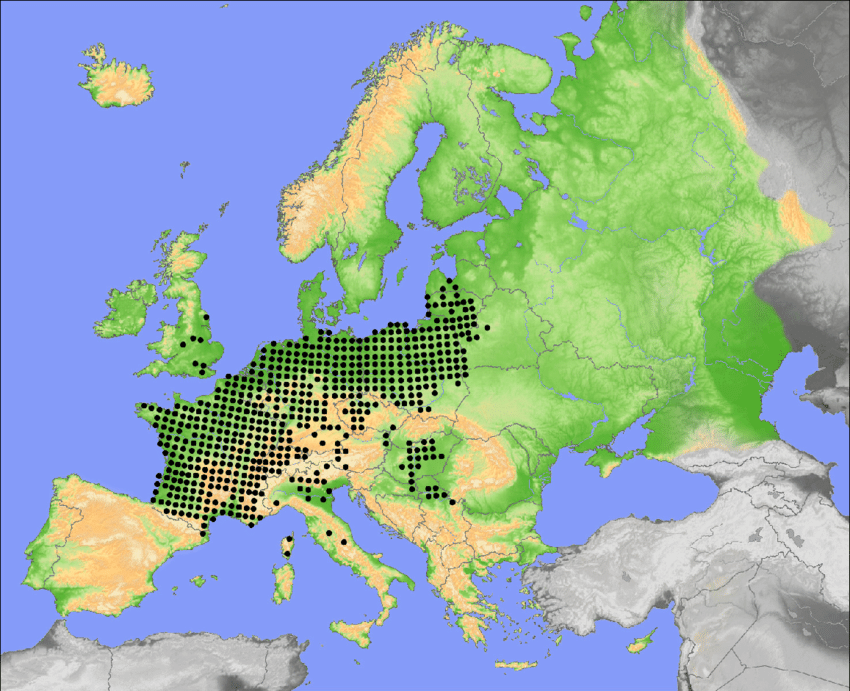
The North American Spiny-cheek crayfish has been heavily introduced in Central-Europe and is widely distributed in Latvia and Lithuania. It was first detected in 2017 in Pärnu River, and its distribution area continues to expand upstream, having reached Reiu River estuary in 2020.
Description
The Spiny-cheek crayfish has a pale or dark brown or olive-green body with a typical transverse brown-red band in each abdominal segment. The carapace feels rough and it has prominent spines on each side. The tips of the claws are orange with black bands.
Marbled crayfish (Procambarus virginalis)
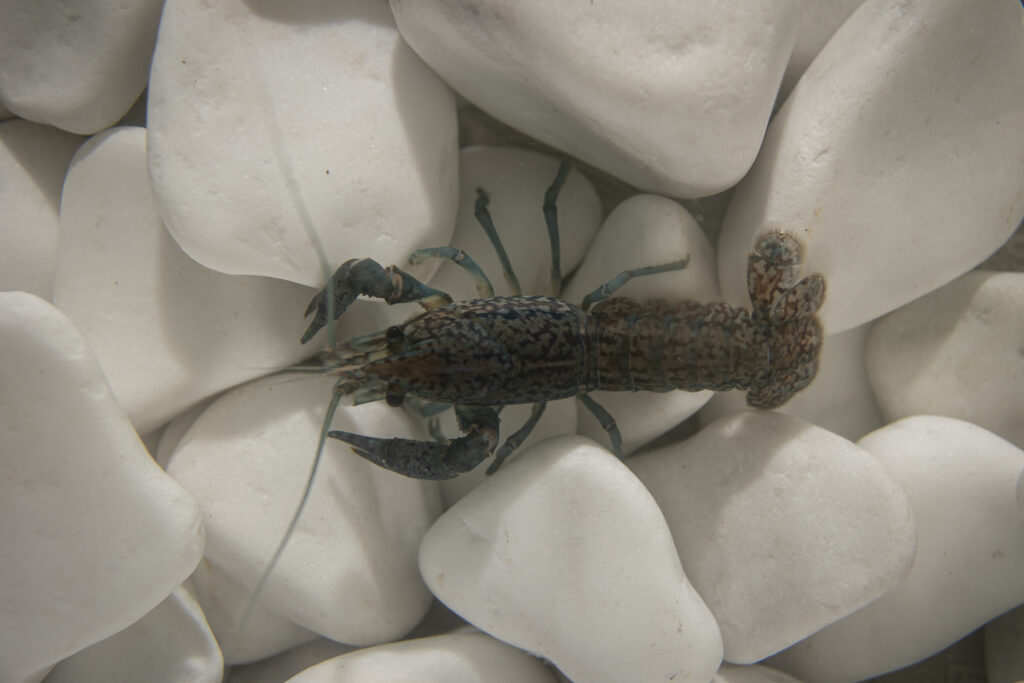

Distribution
The Marbled crayfish originates from the indigenous Procambarus fallax in Florida (USA). It was first discovered in the pet trade in the mid-1990s in Germany and is the only known crustacean that reproduces by parthenogenesis. This means that all individuals of this species are females. Parthenogenesis permits a high reproductive potential and one single specimen can create a new population. The Marbled crayfish is a popular aquarium species due to its beautiful colourisation, and its dispersal into the wild was most likely human-mediated. Currently it has been found in more than ten countries in Europe.
In Estonia the Marbled crayfish was first discovered in 2017 in an outflow channel of the cooling system of the Baltic Power Plant, flowing into the water reservoir of Narva River. There are several local distribution areas of Marbled crayfish and the risk of its further spread in the Narva Water Reservoir and the main river is high.
Description
The base colour of the smooth carapace is usually brown to olive or blue, with a characteristic marble pattern. However, this pattern might be difficult to see in the wild on dark-coloured river sediments. The claws are very small.
Narrow-clawed crayfish (Pontastacus leptodactylus)
Distribution
The Narrow-clawed crayfish originally had a south-eastern distribution, but due to transplantation and natural spreading, it has expanded into most European countries. The presence of this species in Estonia has been suspected, but so far it has not been confirmed, even though it was introduced in Latvia and Lithuania many years ago.
Description
Narrow-clawed crayfish are recognisable from their long and narrow claws. Although their carapace colour tends to vary, they are generally olive-green or yellowish to brown or blue. The carapace feels rough and the sides are covered with spines, which vary in number.
How to avoid the spread of alien crayfish species
Importing, transporting, marketing, keeping, propagating and releasing into the wild of all alien crayfish species is strictly prohibited! It is important to note that “keeping alien crayfish” includes both purposeful and accidental presence of a species in a private pond or aquarium, regardless of when or how the alien crayfish got there.
Invasive aquatic plants in Estonia
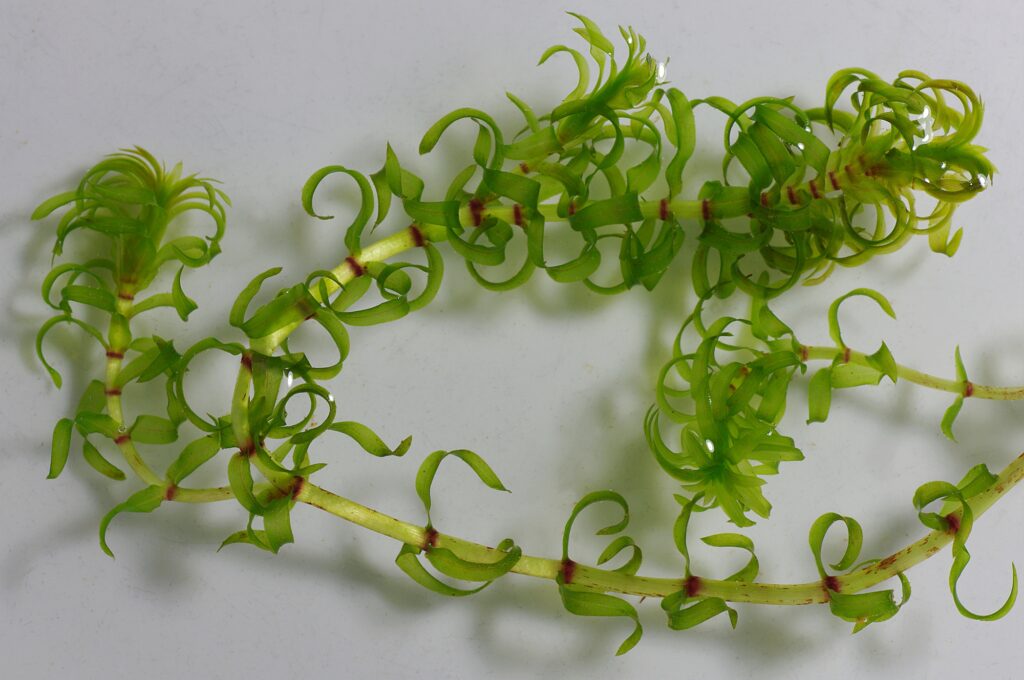
Nuttall’s waterweed (Elodea nuttallii) is a perennial submerged aquatic plant native to North America. It was introduced as an aquarium plant into Europe, reported for the first time in Belgium in 1939. Together with Canadian waterweed (Elodea canadensis), they have become two of the most abundant invasive aquatic plants in several European countries due to their rapid growth, vegetative reproduction through fragments and easy dispersal by waterfowl and currents. Where it establishes it can form exceptionally dense monocultures, causing loss of species diversity, and can cause a number of ecological and economic problems by causing unpredictable changes to the waterbody and making it less attractive and safe for recreation.
All photos of crayfish: Heiki Leis.
Kouba, A., A. Petrusek & P. Kozák, 2014. Continental-wide distribution of crayfish species in Europe: update and maps. Knowledge and Management of Aquatic Ecosystems 413: 05.